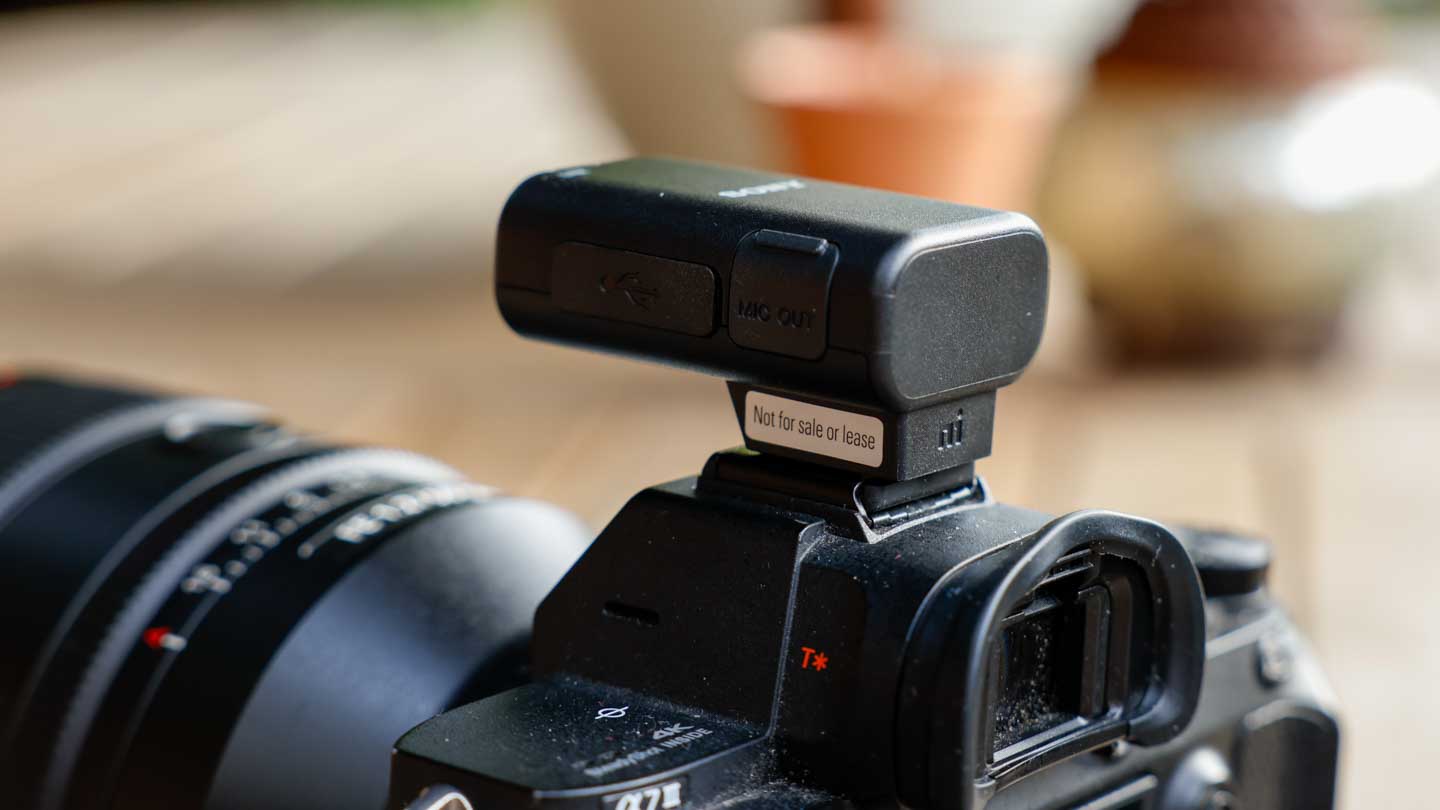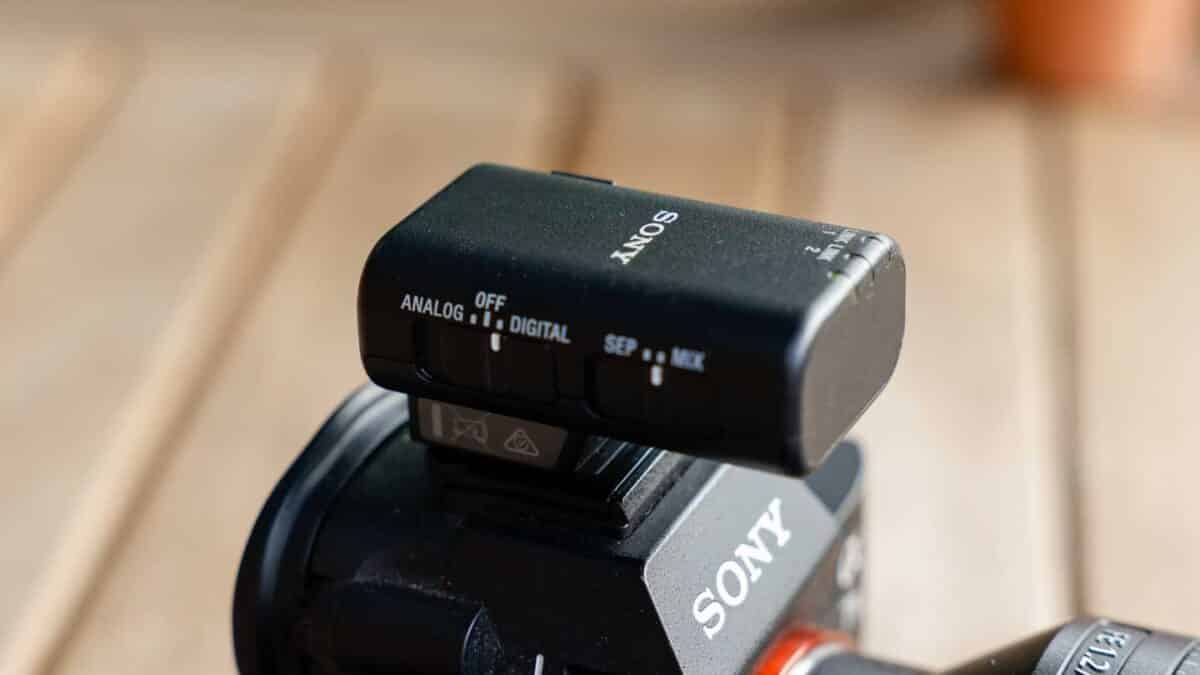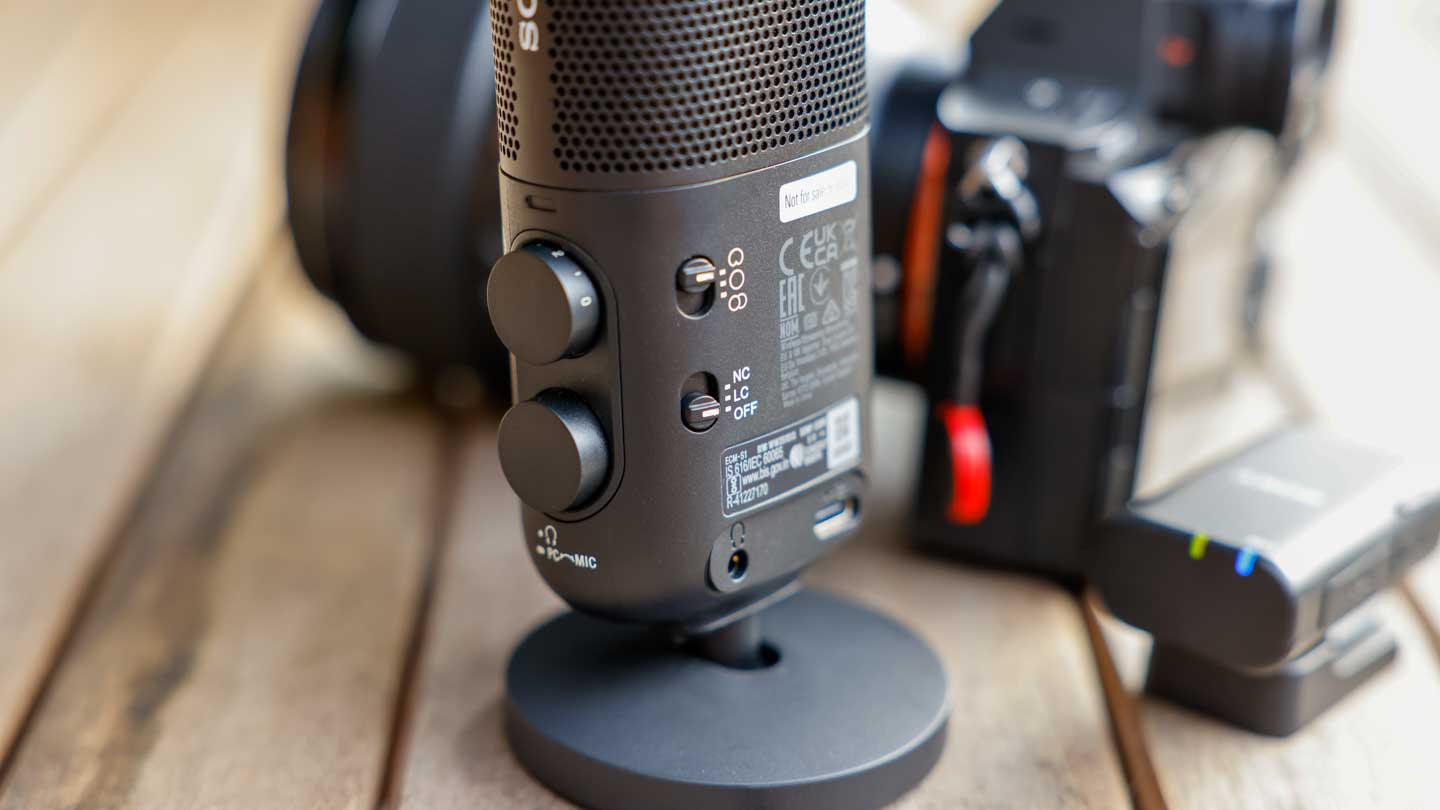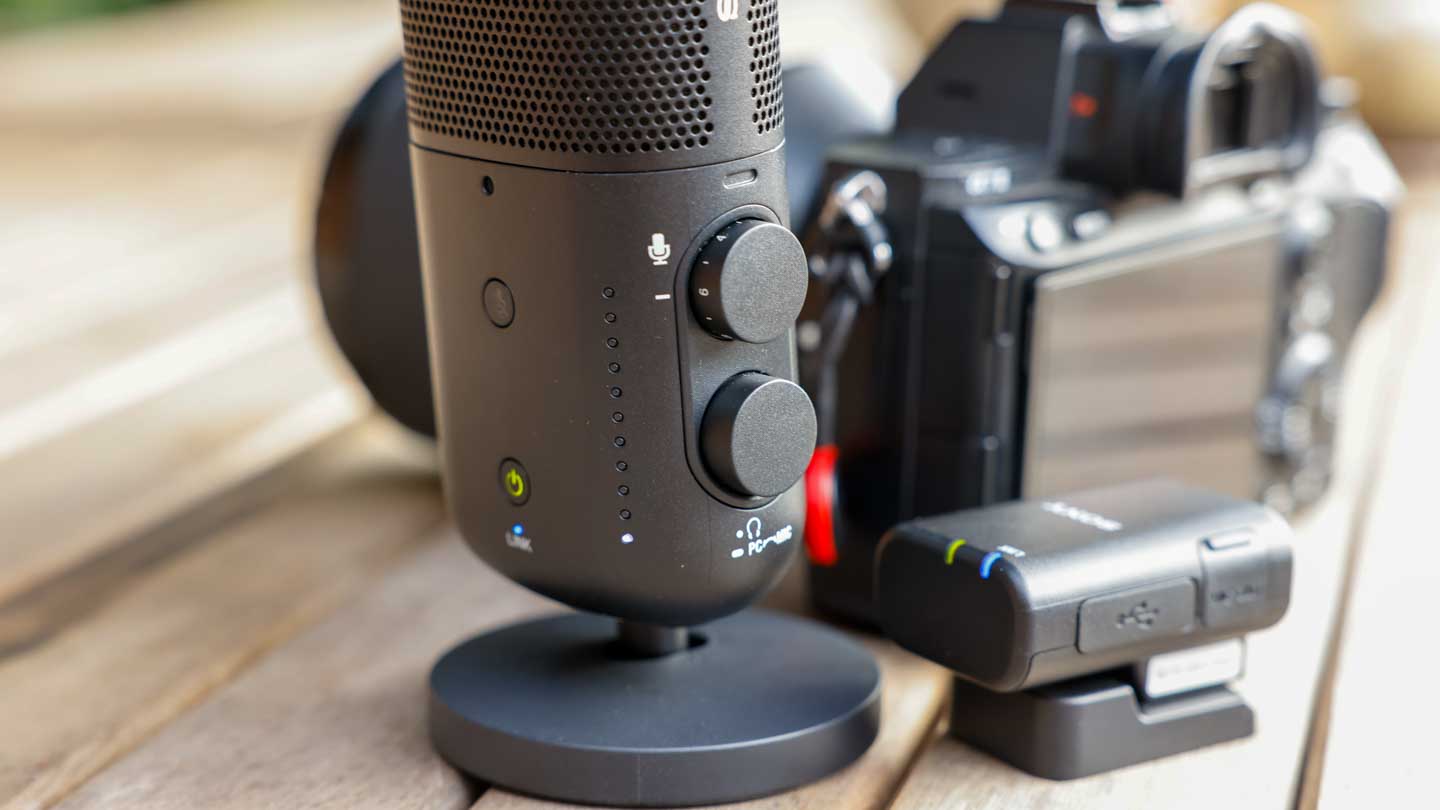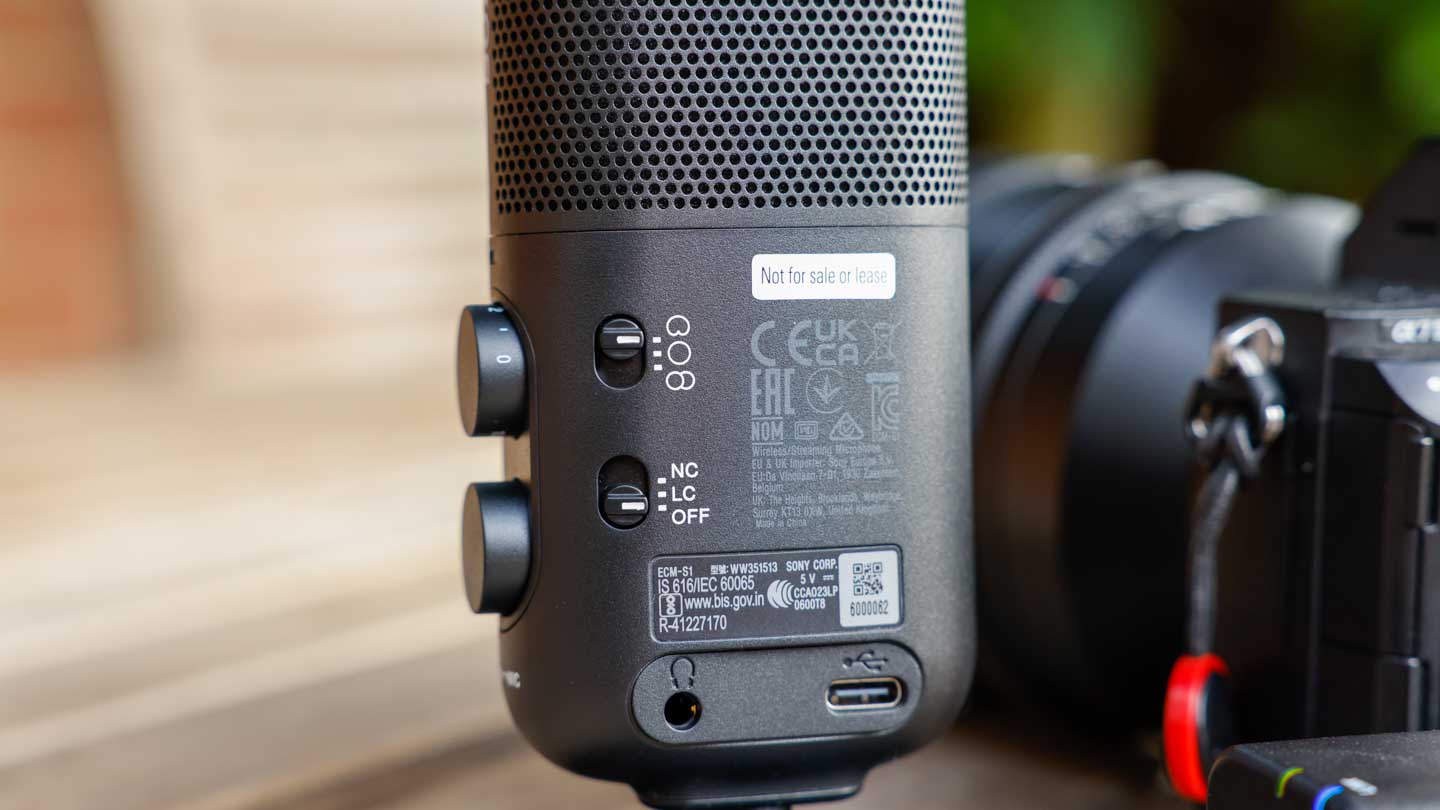I’ve been using professional Sony audio gear for many years, including an old Sony WM-D6C which was only retired when I needed to buy a set of wireless microphones about ten years ago. The thing with Sony kit is that it’s usually well-built and innovative. That innovation and reliability are what have made me rely on the Sony A7 series since it was launched and invest in many other Sony items over the years.
The Sony ECM-S1 isn’t in the professional range but caters to that emerging market of content creators looking for solid kit that can be relied on and integrates in with their present kit and setup.
The ECM-S1 instantly has that professional look to the design as you lift it from the box. It’s small, neat, and with dials and buttons along with level lights on the front; everything feels very Sony and professional. The only major difference between what you would expect from Pro gear and this is the materials.
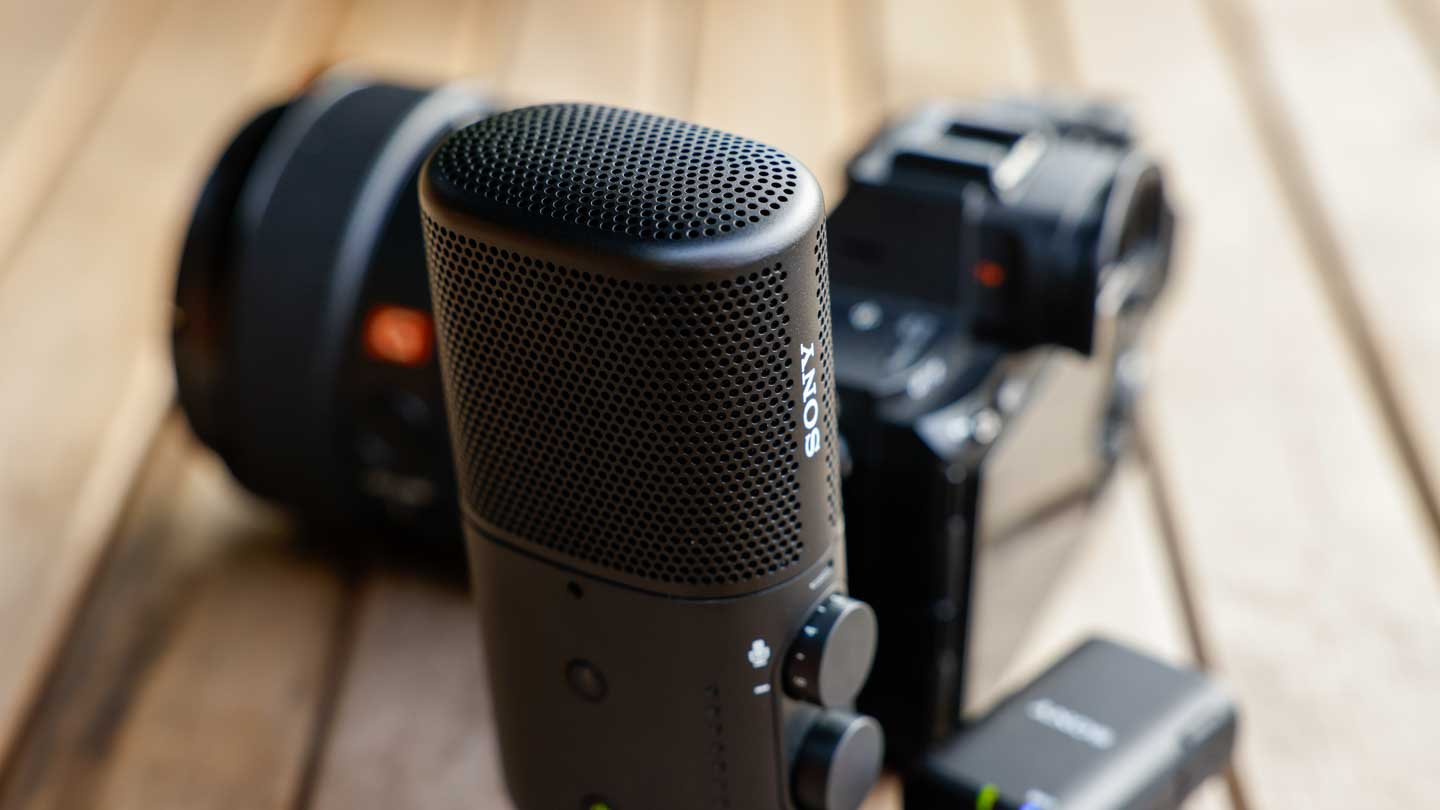
The ECM-S1 is lightweight and made from high-quality plastic that is very nicely finished. What this essentially means is that in a bag, it will be robust enough to be transported from one location to another without worrying about it too much and light enough that you won’t actually notice the weight in your bag. If you’re a pro, then that plastic lightness might put you off.
In use, the ECM-S1 is outstanding. First used to record a few minutes of acoustic guitar, the line of level lights on the front illuminate to show exactly where you are with the recording. Then the input volume can be increased or decreased as required. If you have someone with you, then they can pop in some headphones to monitor the audio.
As the unit is self-powered, there’s no need for cables, so you can pop it into a desk, mount it onto a mic stand with an adapter, or something else; it’s incredibly versatile.
Being wireless, the unit is self-contained, and once switched on, it actively transmits to the receiver. The receiver is the same one used with Sony’s other creator wireless mic systems and slots into the camera’s hot shoe. Here, it’s worth pointing out that you need to be using a compatible Sony camera to make the most of this mic system as it utilises the connection to the Multi Interface Shoe on the hot shoe of the camera. There is an option to connect through a 3.5mm jack, but then that rather defeats one of the main features of the system.
What many creators will like is the pure simplicity of the system. Plug it in, switch it on, and you’re ready to go. Everything is non-technical and visual, making it easy to understand for anyone.
